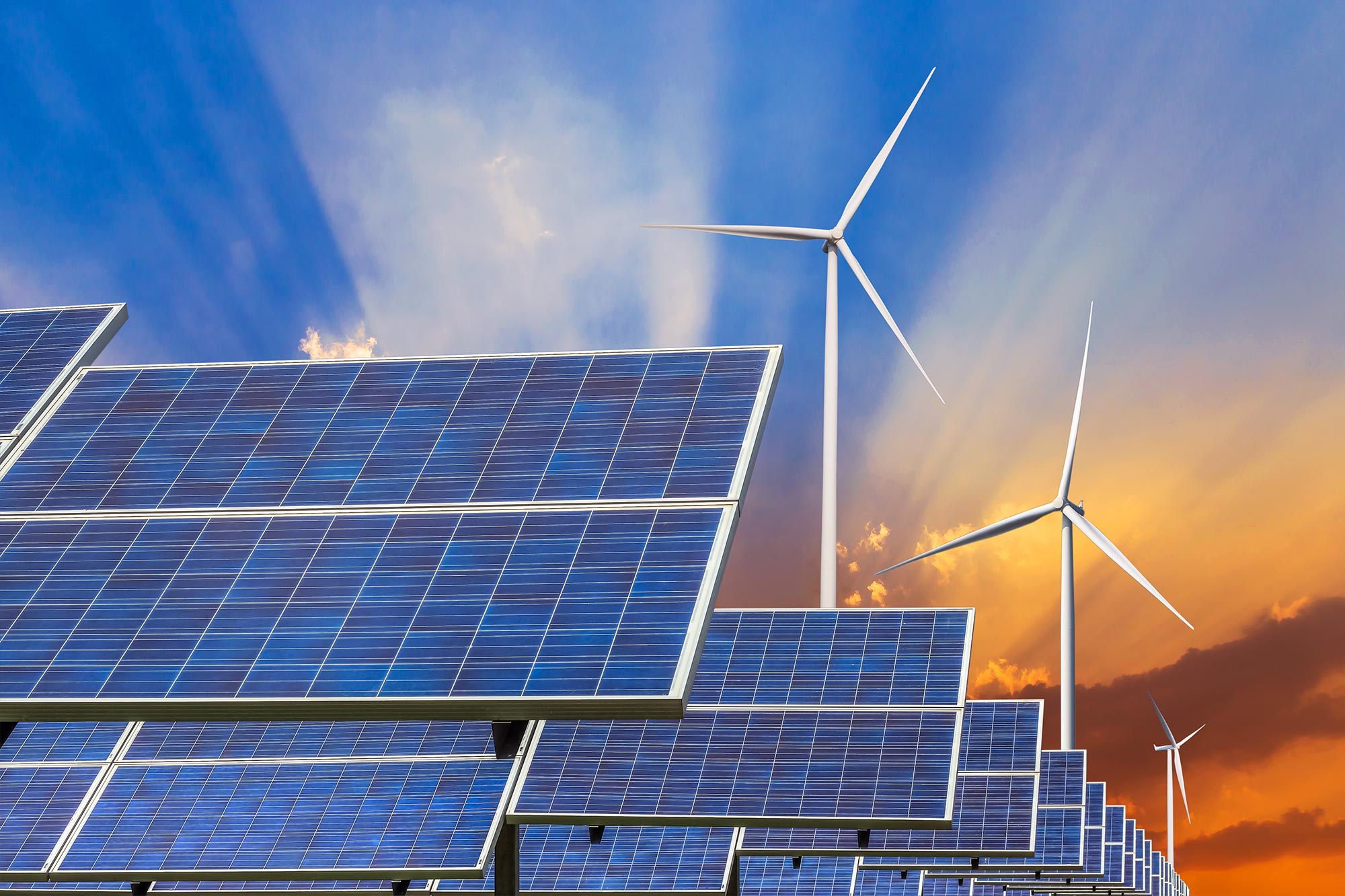
Online Lesson Renewable vs. NonRenewable Energy Sources RE Sources
The following are the major differences between renewable and non-renewable resources. Renewable resources cannot be depleted over time. Non-renewable resources deplete over time. Renewable resources include sunlight, water, wind and also geothermal sources such as hot springs and fumaroles.
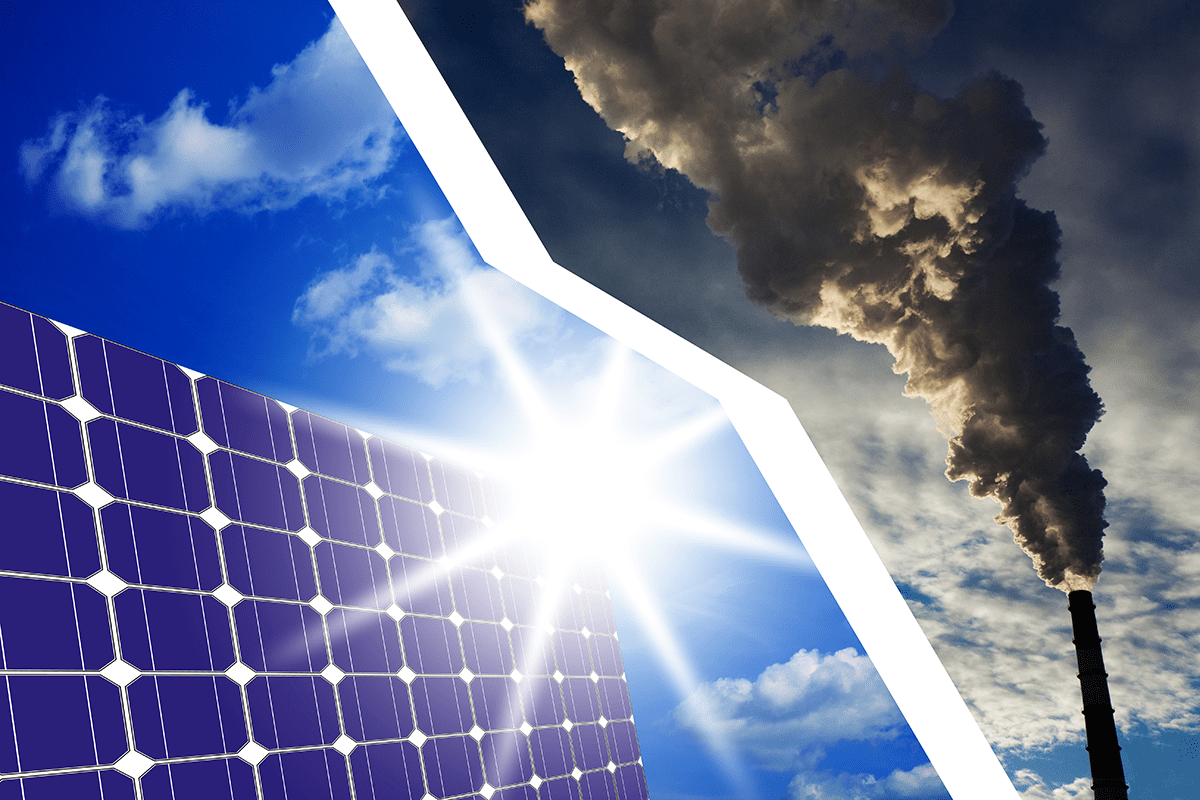
Solar Energy vs Fossil Fuels Why It's Time to Make the Switch
This means that nonrenewable resources are limited in supply and cannot be used sustainably. There are four major types of nonrenewable resources: oil, natural gas, coal, and nuclear energy. Oil, natural gas, and coal are collectively called fossil fuels. Fossil fuels were formed within the Earth from dead plants and animals over millions of.

Differences Between Renewable and Nonrenewable Resources (Video)
The difference between Renewable and Non-Renewable resources is that the former can be replenished whereas the latter cannot. Renewable and Non-Renewable sources are the subtypes of Natural Resources. Natural resources are those that were formed in nature millions of years ago. Some resources of energy, for example, Sunlight existed even before.

What are the Differences Between Renewable and Nonrenewable Resources
Nonrenewable Energy Resources. Renewable energies generate from natural sources that can be replaced over a relatively short time scale. Examples of renewable energies include solar, wind, hydro, geothermal and biomass. Nonrenewable energies come from resources that are not replaced or are replaced only very slowly by natural processes.
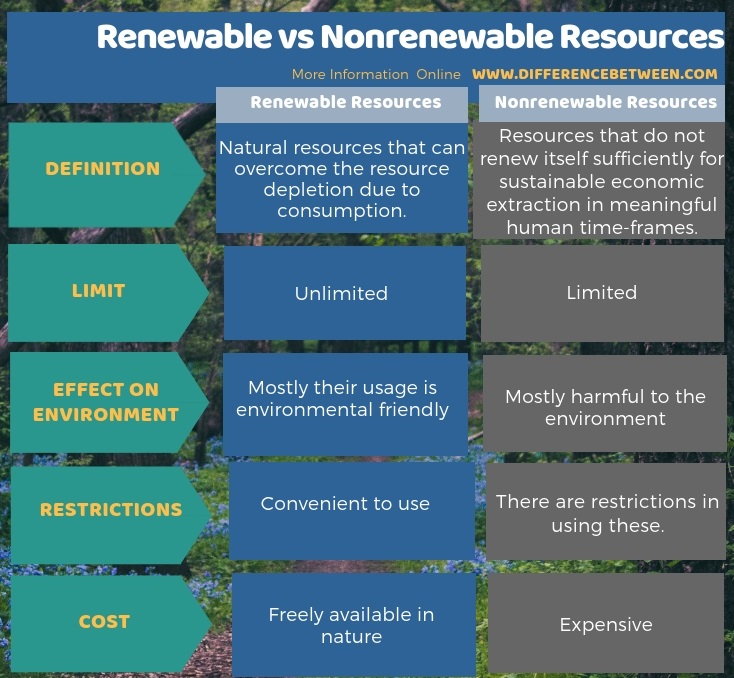
Resources Renewable and Nonrenewable Study Guide Inspirit
Green energy vs. non renewable energy. THE THREE MAIN DIFFERENCES BETWEEN RENEWABLE AND NON-RENEWABLE ENERGY Renewable energy comes from natural sources such solar, wind, geothermal, biomass sources. Whereas non-renewable energy comes from fossil fuels like coal, gas and oil. Renewable energy ca be replaced over a short time. On the contrary, non-renewable energy will never be replaced, These.

Differences Between Renewable & Nonrenewable Resources Inspire
Renewable and Nonrenewable Resources. A natural resource is something supplied by nature that helps support life. When you think ofnatural resources, you may think of minerals and fossil fuels.However, ecosystems and the services they provide are also natural resources. Biodiversity is a natural resource as well.

Renewable and NonRenewable Resources by Arun Chandar
The important difference between Renewable and Non-Renewable Resources. There is no depletion in them with continuous consumption. These get depleted with continuous consumption. Mineral ores, fossil fuels such as coal and petroleum. These emit low carbon and thus have a low carbon footprint.
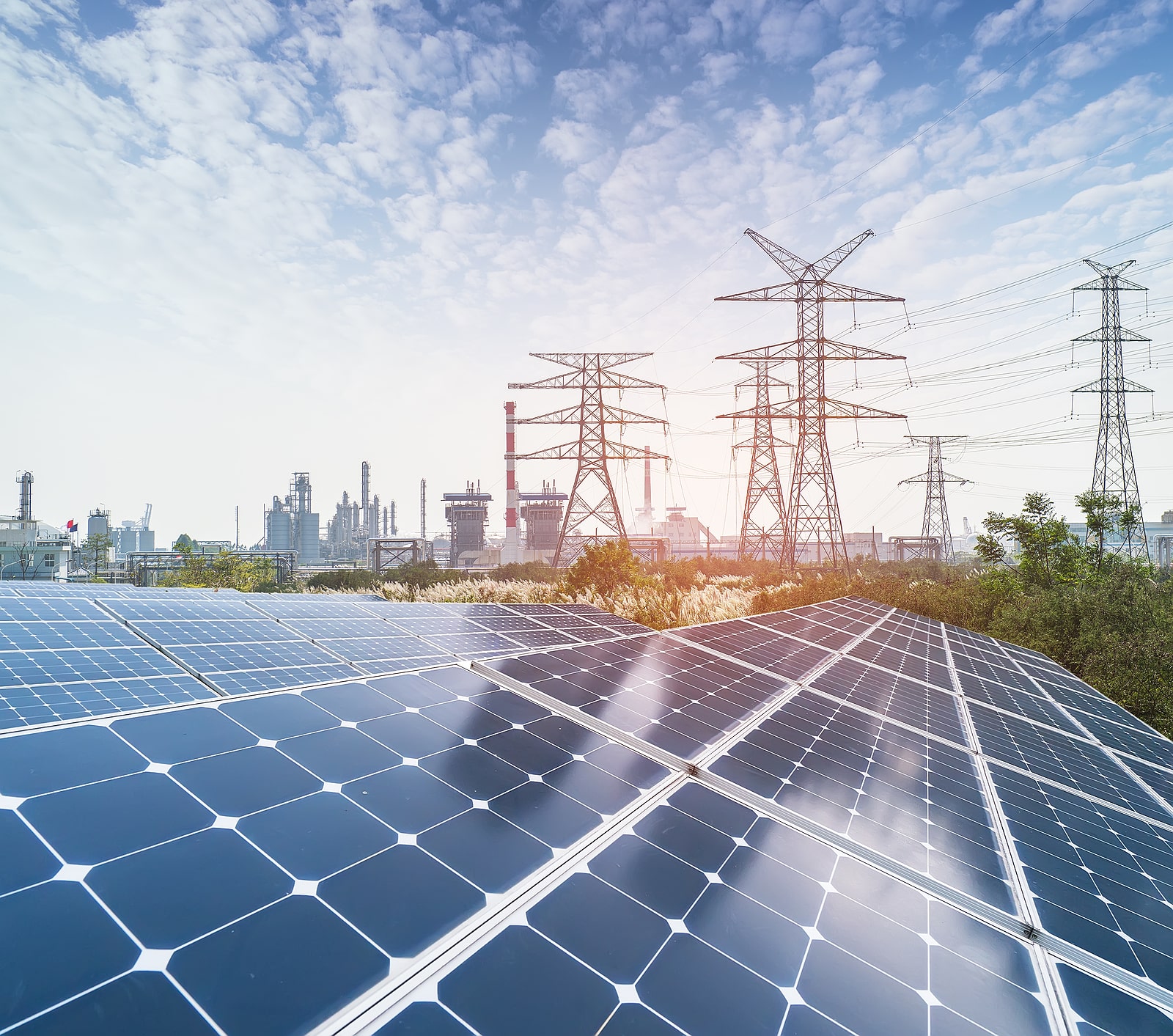
What is the Difference Between Renewable and Nonrenewable Resources
The renewable or clean energy that is obtained from natural sources such as wind or water, among others; and the non-renewable that comes from nuclear or fossil fuels such as oil, natural gas or coal. The latter have been the protagonists of recent history with industrialization, they are exhaustible and have been shown to generate pollution in.

Online Lesson Renewable vs. NonRenewable Energy Sources RE Sources
source. Renewable energy is the energy we derive from many of Earth's naturally occurring resources, including wind, water, and sun. We call these resources renewable or sustainable (as in sustainable energy) since they are inexhaustible.. What Is the Difference Between Nonrenewable and Renewable Energy Resources? Currently, the primary sources of energy in the United States are fossil fuels.
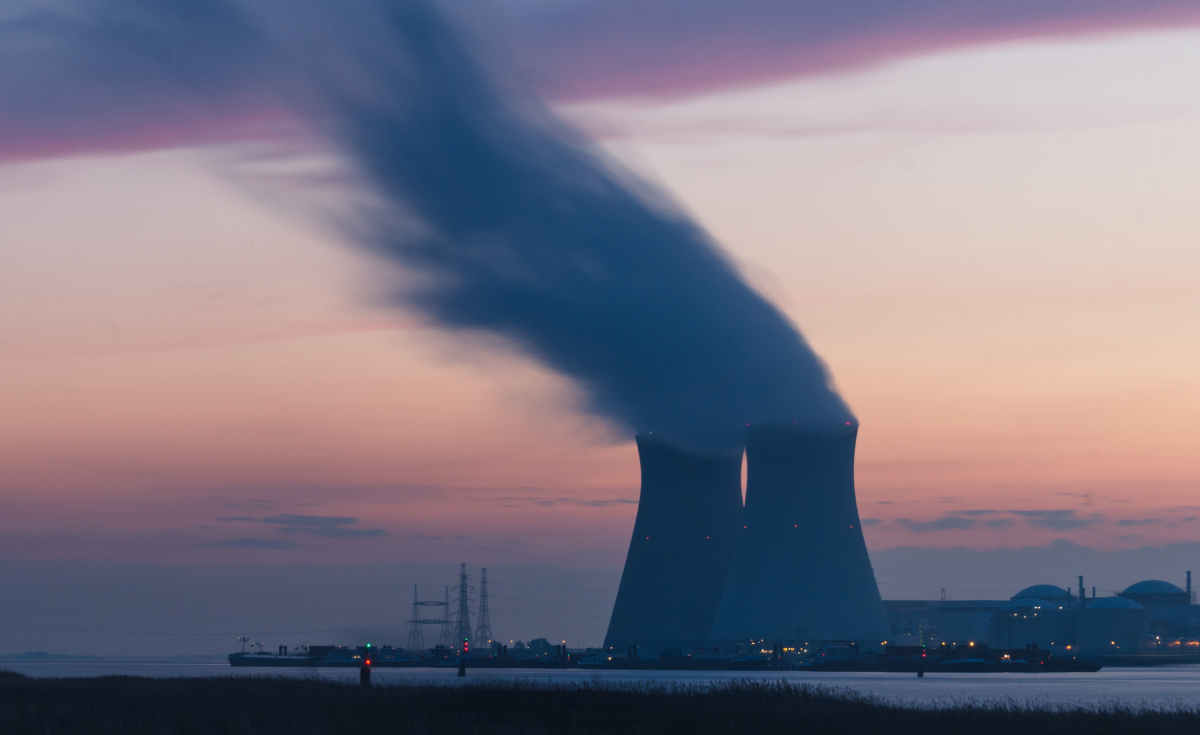
ESB Energy Blog Difference Between Renewable And Non Renewable Energy
Nonrenewable resources can only be used once, and we can't produce more to replace what we use. Aside from the fact that one resource is replenishable and another is not, the main difference between renewable and nonrenewable energy sources is their respective financial costs, exhaustion rate and environmental costs.

Nonrenewable energy types colorful poster Vector Image
Compares and contrasts renewable and nonrenewable energy resources, which is based on whether a resource can be replaced faster than it is used or not. Earth's Energy and Resources. Add to Library. Add to FlexBook® Textbook.

Difference between Renewable resources and Nonrenewable resources
it depends on the type of energy you're talking about. renewable energy can be considered unlimited, as the sun and the wind are things that are always going to be there. but nonrenewable energy--things like coal and the like--are bound to run out, so those things really aren't unlimited. Hoped this helps a little bit. Comment. ( 1 vote) Upvote.
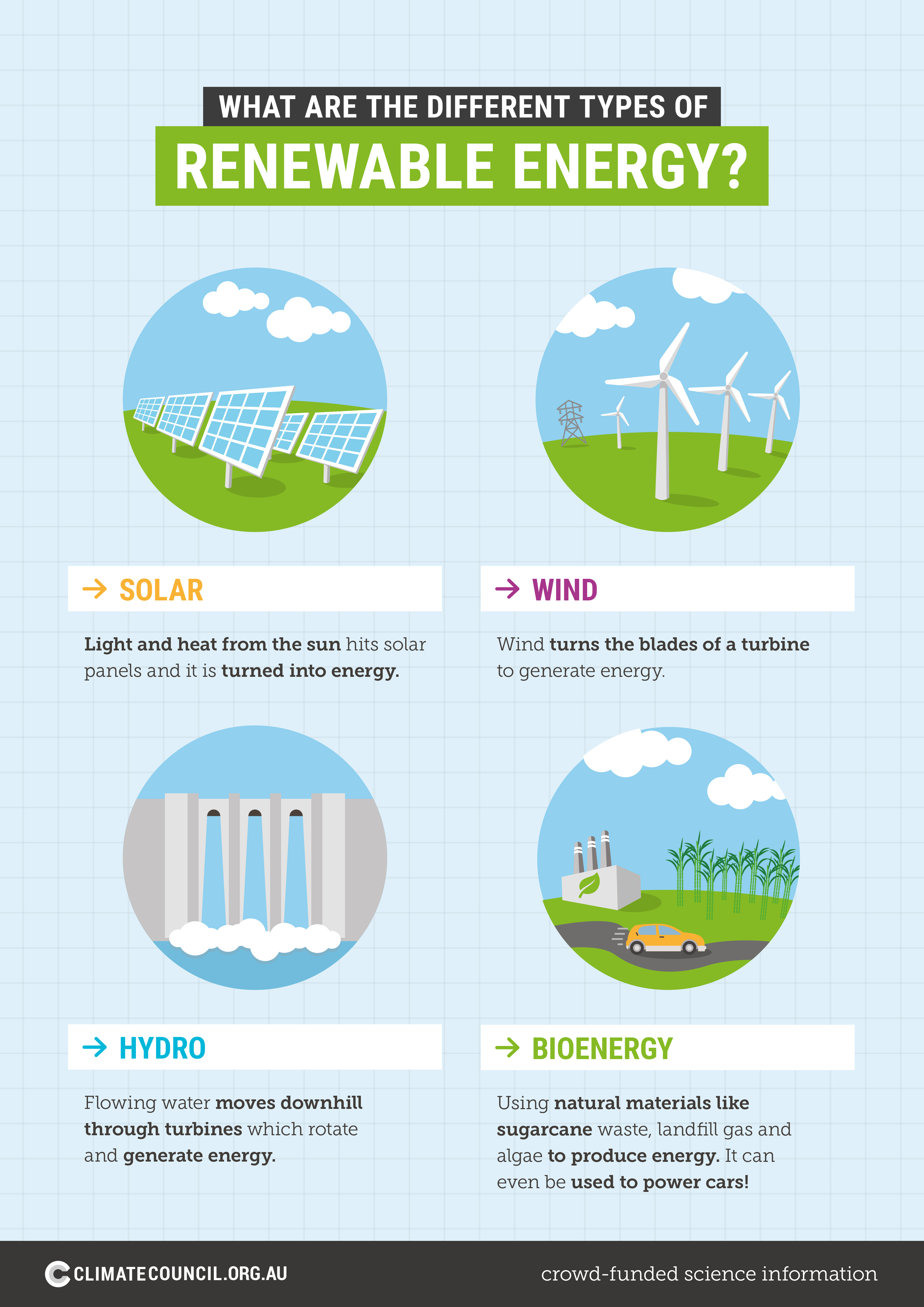
What are the different types of renewable energy? Climate Council
What is the difference between renewable and non-renewable energy? Explain how wind, biomass, and hydropower get their energy from the sun. Identify 2-3 benefits and drawbacks of solar, wind, hydro, and biomass.

Renewable and nonrenewable energy Teaching Resources
Renewable Resources. A renewable resource is a resource that can be replenished as quickly as they are used. Renewable resources include solar, water, wind, biomass, and geothermal energy. However, renewable resources are expensive, and tend to serve other purposes other than the creation of energy.
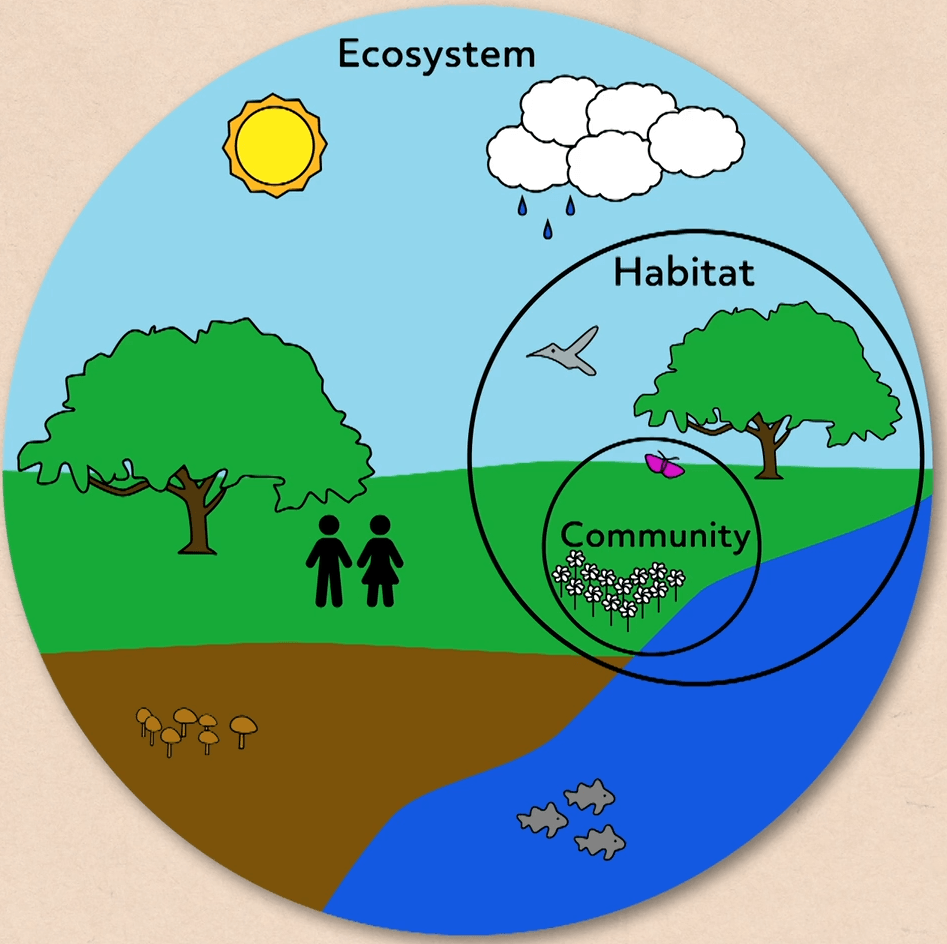
Differences Between Renewable and Nonrenewable Resources (Video)
The advantage of these non-renewable resources is that power plants that use them are able to produce more power on demand. The non-renewable energy resources are: Coal. Nuclear. Oil. Natural gas. Renewable resources, on the other hand, replenish themselves. The five major renewable energy resources are: Solar.
Renewable and nonrenewable energy
There are two types of natural resources. The first are renewable natural resources. They are called renewable because they can grow again or never run out. The second are called nonrenewable natural resources. These are things that can run out or be used up. They usually come from the ground.